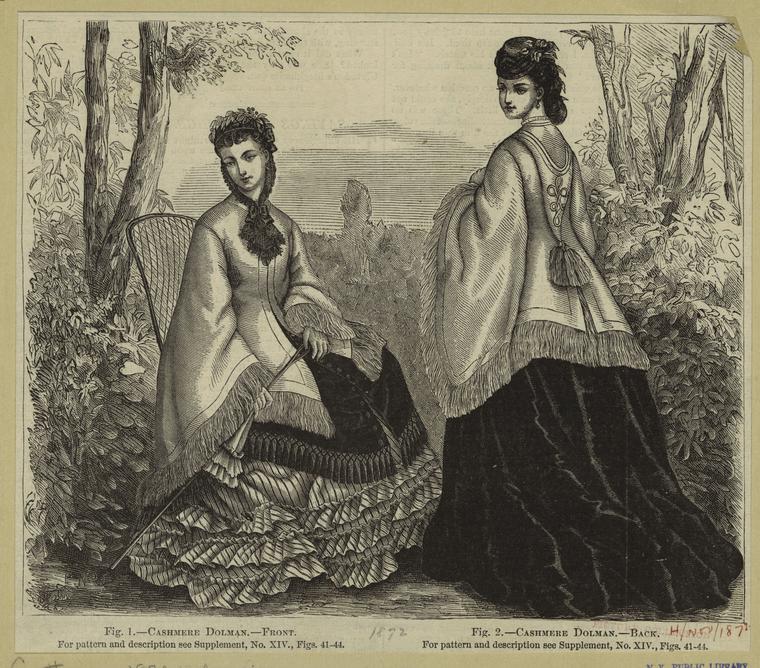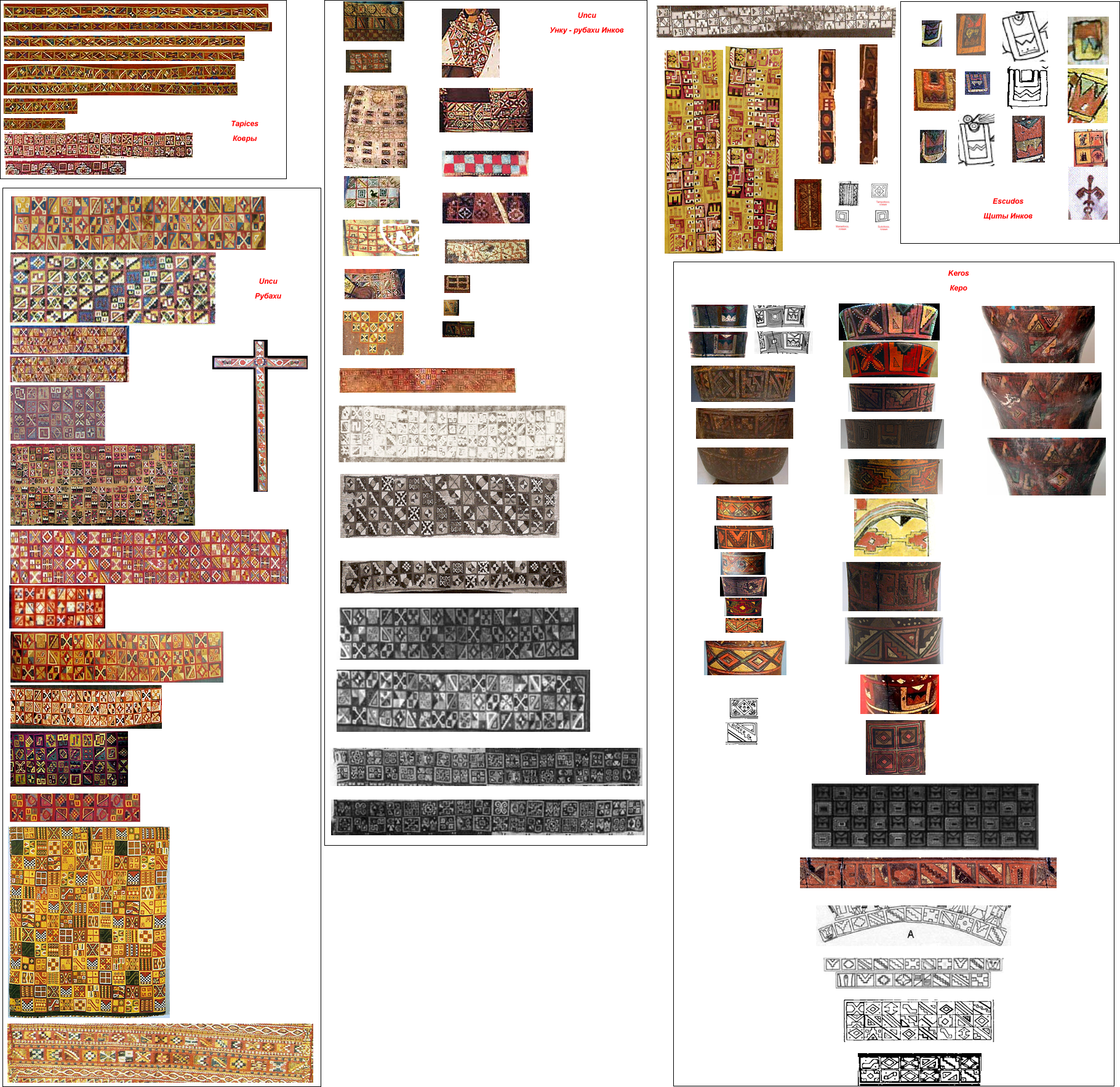|
Yacolla (garment)
Yacolla was an outer garment in the Inca men's clothing that was similar to a mantle worn over the Uncu. Style Yacolla was a square-shaped woven cloth worn over the shoulder and tied to the corners of the cloth. Yacolla was made of finer cloth when the royals wore it. "Llicilla" was a woman's mantle held together with tupu (pins). Yacolla was a part of daily clothing and also an item for grave goods. See also * Tocapu, geometrical motifs used by Incas. * Anaku (dress), a skirt-type draped garment of indigenous women in the Inca Empire. *Cumbi Cumbi (Qunpi, Qompi, Kumpi) was a fine luxurious fabric of the Inca Empire. Elites used to offer cumbi to the rulers, and it was a reserved cloth for Royalty. Common people were not allowed to use Cumbi. Cumbi was a phenomenal textile art of Ande ..., a fine luxurious fabric of the Inca Empire. References Clothing {{Clothing-stub ... [...More Info...] [...Related Items...] OR: [Wikipedia] [Google] [Baidu] |
Inca Empire
The Inca Empire (also known as the Incan Empire and the Inka Empire), called ''Tawantinsuyu'' by its subjects, (Quechua for the "Realm of the Four Parts", "four parts together" ) was the largest empire in pre-Columbian America. The administrative, political and military center of the empire was in the city of Cusco. The Inca civilization arose from the Peruvian highlands sometime in the early 13th century. The Spanish began the conquest of the Inca Empire in 1532 and by 1572, the last Inca state was fully conquered. From 1438 to 1533, the Incas incorporated a large portion of western South America, centered on the Andean Mountains, using conquest and peaceful assimilation, among other methods. At its largest, the empire joined modern-day Peru, what are now western Ecuador, western and south central Bolivia, northwest Argentina, the southwesternmost tip of Colombia and a large portion of modern-day Chile, and into a state comparable to the historical empires of Eurasia ... [...More Info...] [...Related Items...] OR: [Wikipedia] [Google] [Baidu] |
Mantle (clothing)
__NOTOC__ A mantle (from old French ''mantel'', from ''mantellum'', the Latin term for a cloak) is a type of loose garment usually worn over indoor clothing to serve the same purpose as an overcoat. Technically, the term describes a long, loose cape-like cloak worn from the 12th to the 16th century by both sexes, although by the 19th century, it was used to describe any loose-fitting, shaped outer garment similar to a cape. For example, the dolman, a 19th-century cape-like woman's garment with partial sleeves is often described as a mantle. In English, the idiom "to take up/pick up/assume the mantle" is from the Bible, and means to take a position of authority, leadership or responsibility in a particular area, especially in the sense of carrying on for a previous figure. The most notable appearance in the Bible is in 2 Kings 2:13, where Elisha takes up Elijah's mantle ( ''’addereṯ''). Mantelets A variation on the mantle is the mantelet (also spelled mantelot and mantlet ... [...More Info...] [...Related Items...] OR: [Wikipedia] [Google] [Baidu] |
Uncu
Uncu (Unku) was a men's garment of the Inca Empire. It was an upper-body garment of knee-length; Royals wore it with a mantle cloth called '' yacolla.'' Women wore a long dress known as an anaku. Structure Uncu was similar to a long tunic, ranging between 84 and 100 cms, with a 72-79 cms width range. However, the length of the highland and coastal garments was different; Uncu in the highland were sleeveless and longer than the coastal tunic. Kings, nobles, and ordinary people all wore Uncu. The design and motifs for these dresses were rank-, cultural-, and event-specific. For example, capac uncu was a rich, powerful shirt worn by Inca Roca (the king). Inca royals clothing consisted of '' tocapu'' an art of geometric figures enclosed by rectangles or squares. Each garment was woven individually. Material Ordinary Uncu was made from cotton blending with various camelidae fibres such as llama, alpaca, guanaco, and vicuña, but for royal use, a whole finest cloth (cumbi Cumbi ... [...More Info...] [...Related Items...] OR: [Wikipedia] [Google] [Baidu] |
Grave Goods
Grave goods, in archaeology and anthropology, are the items buried along with the body. They are usually personal possessions, supplies to smooth the deceased's journey into the afterlife or offerings to the gods. Grave goods may be classed as a type of votive deposit. Most grave goods recovered by archaeologists consist of inorganic objects such as pottery and stone and metal tools but organic objects that have since decayed were also placed in ancient tombs. The grave goods were to be useful to the deceased in the afterlife; therefore their favorite foods or everyday objects were left with them. Often times social status played a role in what was left and how often it was left. Funerary art is a broad term but generally means artworks made specifically to decorate a burial place, such as miniature models of possessions including slaves or servants for "use" in the afterlife. Although, in ancient Egypt they would sometimes bury the real servants with the deceased. Where grave go ... [...More Info...] [...Related Items...] OR: [Wikipedia] [Google] [Baidu] |
Tocapu
Tocapu (Tocapo or Tokapu) was a decorative artwork with discrete geometrical motifs. It was associated with Andean textiles, especially for the use of the Royals' clothing. Tocapu was also painted on wooden boards. Motifs Tocapu was an integral part of the various textiles used in the Inca Empire. The designs were woven into the fabrics. In Tocapu, a nearly square frame inside a field is divided and subdivided into various geometric shapes. Repeat Setting A repeat of the designs was combined following the suitability, for example, of repeating the single design unit or forming a group of units, such as a band (for example, a band on the bottom of uncu) or sometimes Tocapu motifs were given in a scattered way also (without any arrangement). Study Tocapu used by Incas always remained a subject of research for assuming the existence of pictographic or ideographic writing. About symbols and signs The Tocapu is evaluated more than decorative values. Santacruz Pachacuti Yam ... [...More Info...] [...Related Items...] OR: [Wikipedia] [Google] [Baidu] |
Anaku (dress)
Anaku (Aqsu, Aksu) was a skirt-type garment of indigenous women in the Inca Empire. It was a long drape dress straight in shape, falling to ankle length. Style Anaku was a typical dress of Andean women. It was a long rectangular piece of woven cloth wool fibers, a simple draping garment. The traditional wearing style of Otavalo women was different, as they were wearing it with a blouse. An ankle-length anaku (as an underskirt) was wrapped over with another anku. Evolution The full-body Anaku evolved to half-body Anaku in certain areas. Initially, the anaku was larger, that changed with generations; the length of the garment became shorter and changed to half of the ancestral version. It is still a costume that Otavalo people wore. Anku was tied around the waist with a sash called ''chumbi'' or ''chumpi'' or ''Chumpia''. There was a similar type but ankle-length garment ''aksu'' that was worn in Southern parts. Anaku as a wrap skirt still worn around Northern Ecuador. See ... [...More Info...] [...Related Items...] OR: [Wikipedia] [Google] [Baidu] |
Cumbi
Cumbi (Qunpi, Qompi, Kumpi) was a fine luxurious fabric of the Inca Empire. Elites used to offer cumbi to the rulers, and it was a reserved cloth for Royalty. Common people were not allowed to use Cumbi. Cumbi was a phenomenal textile art of Andean textiles. Structure The fabric was a fine tapestry structure woven with superfine local cotton and vicuña wool. The male weavers used upright looms. Inca textiles Textile production was the second most important after agriculture in the Inca period. The strength was the raw material like alpaca and llama wool as well as indigenous cotton. Textile materials were classified into many categories, Chusi was the coarsest cloth used for blankets and rugs.The closest to Cumbi are the following: Awsaka Awaska, a warp faced plain weave cloth with a 120 thread count for regular use, like daily household goods. Awaska was used for blankets and rugs. It was a coarse wool material from sheep or llama. Qunpi Qunpi was a finer and more ... [...More Info...] [...Related Items...] OR: [Wikipedia] [Google] [Baidu] |




